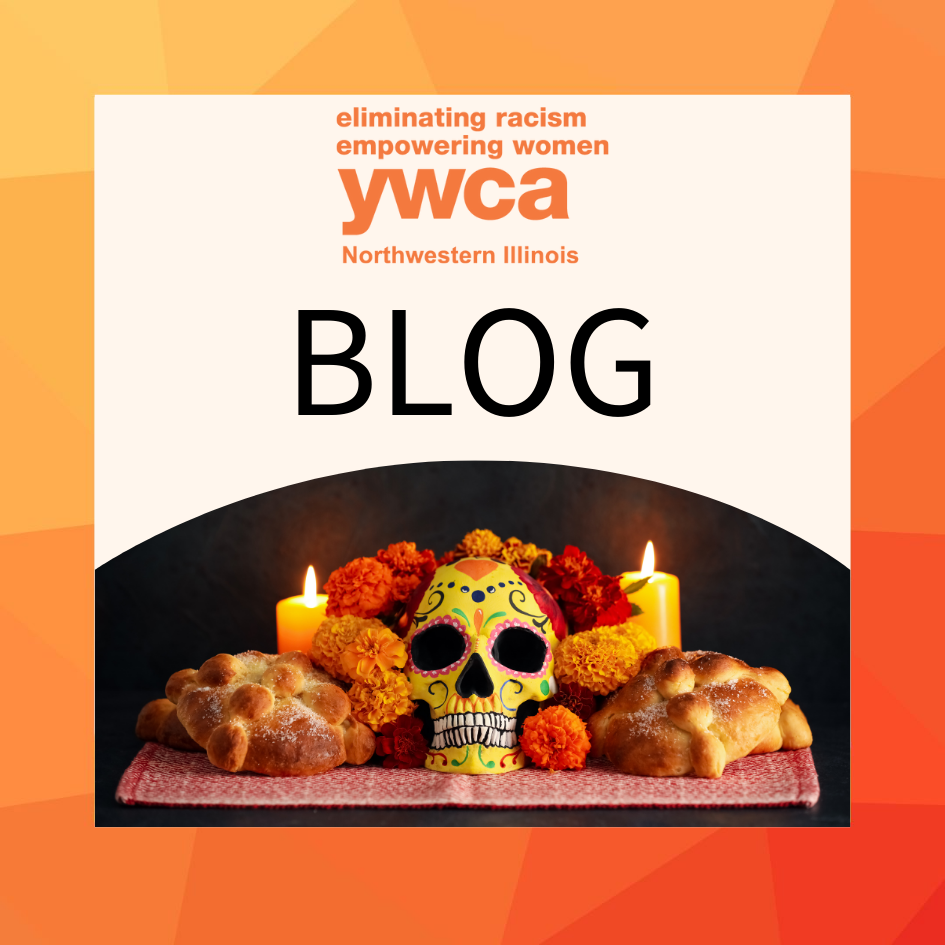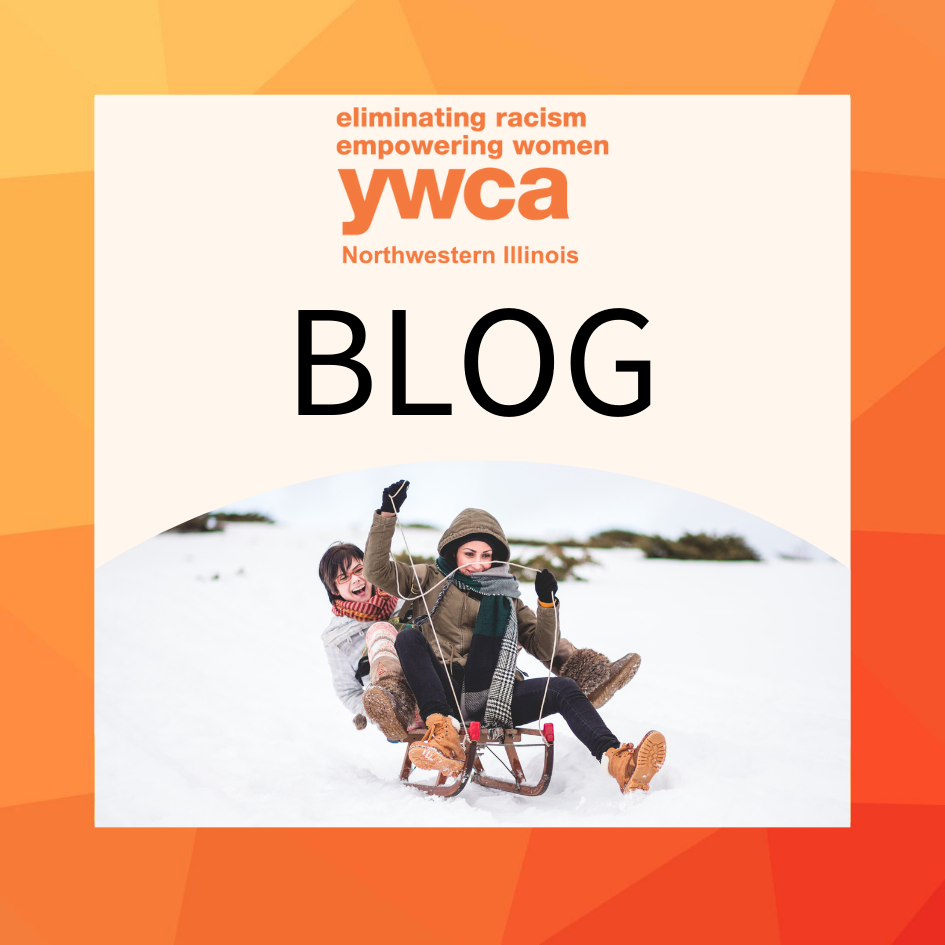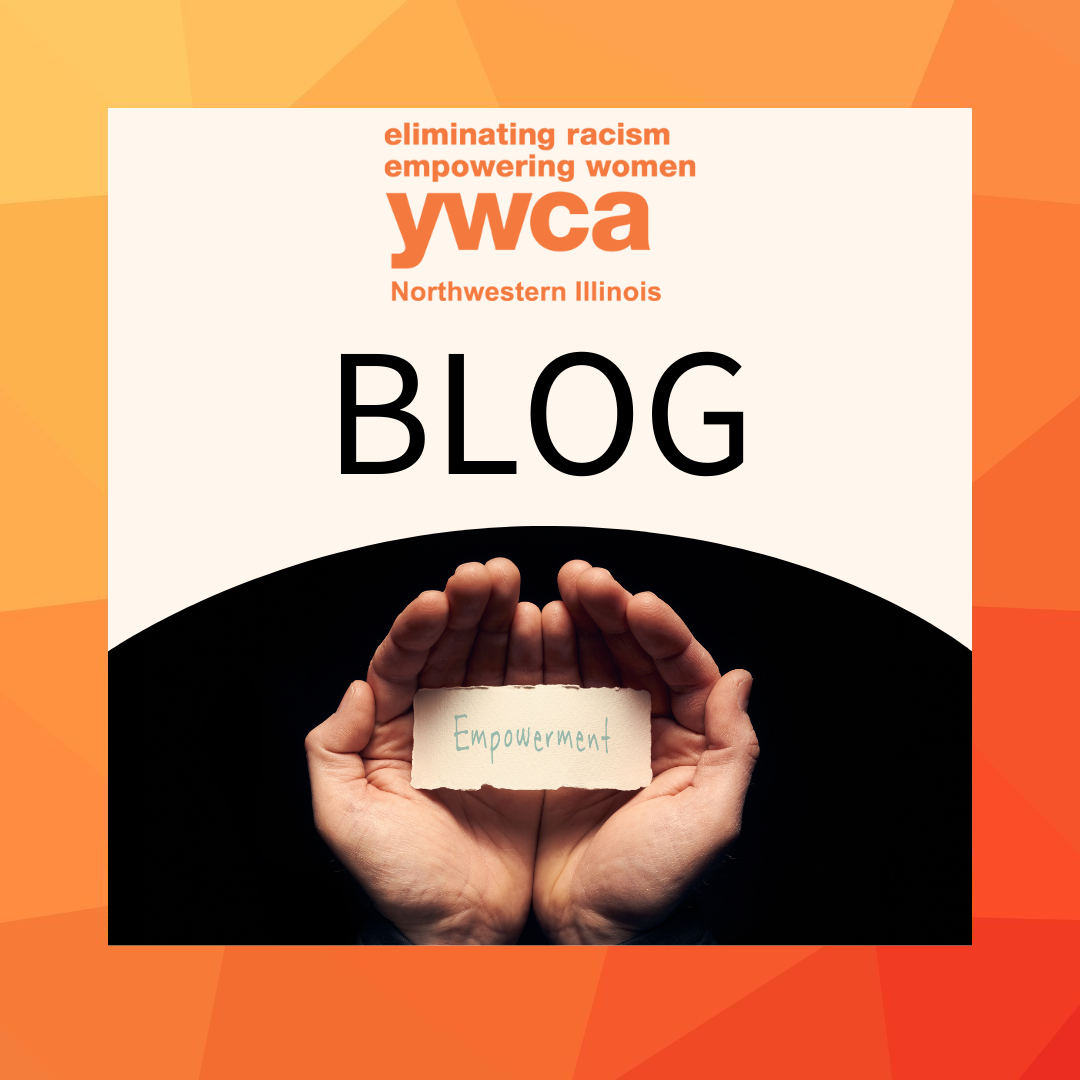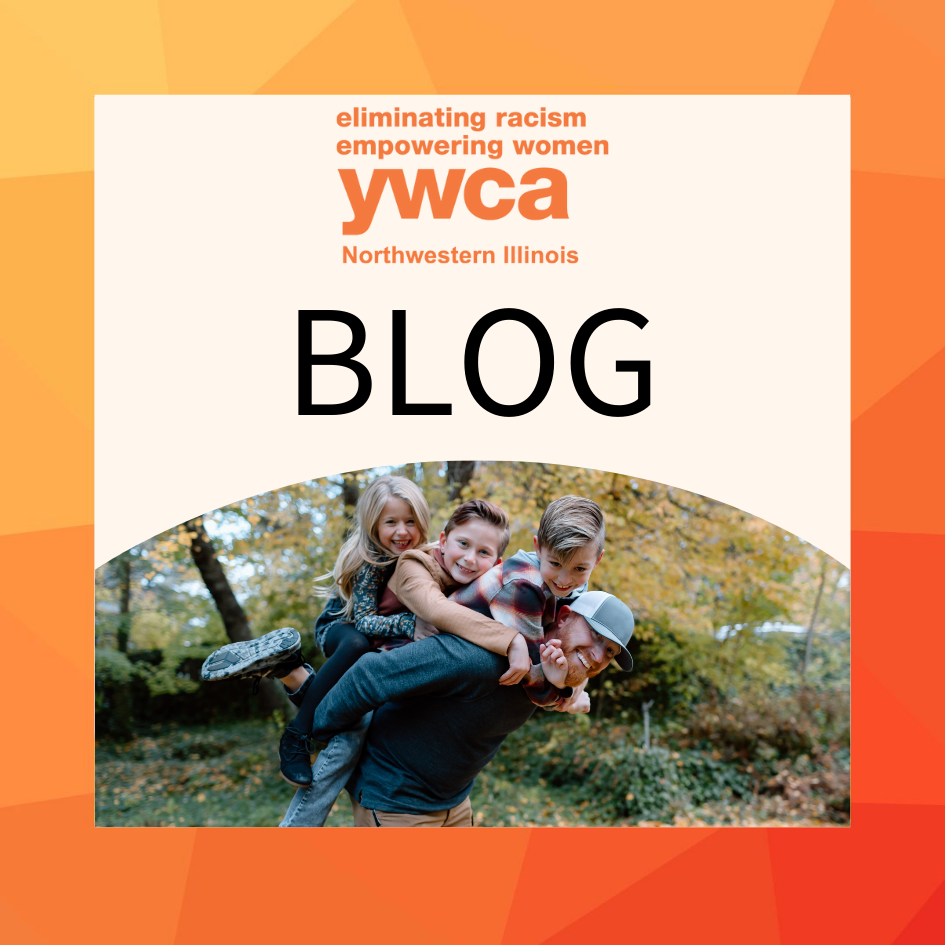Día de los Muertos, or Day of the Dead, is a rich and deeply meaningful Mexican celebration that blends pre-Hispanic indigenous traditions with Catholic practices brought by Spanish colonizers. Celebrated annually on November 1st and 2nd, this holiday is a time to honor and remember deceased loved ones. But unlike many other death-related customs around the world, Día de los Muertos is far from somber. Instead, it is a colorful, lively festival filled with joy, humor, and a profound reverence for the cycle of life and death.
Origins and History
The roots of Día de los Muertos date back thousands of years to indigenous Mesoamerican cultures such as the Aztecs, Maya, and Toltec. These civilizations believed that death was a natural part of the cycle of life, not something to be feared but rather embraced and celebrated. The dead were considered integral members of the community who continued to live on in a different realm.
When the Spanish colonized Mexico in the 16th century, they brought Catholicism and the Christian calendar. The indigenous tradition of celebrating the dead eventually merged with Catholic observances of All Saints’ Day (November 1) and All Souls’ Day (November 2). As a result, Día de los Muertos now takes place during these two days. November 1 is typically dedicated to honoring deceased children (Día de los Inocentes or Day of the Innocents), while November 2 is reserved for adults.
Symbols and Traditions
One of the most distinctive aspects of Día de los Muertos is its vibrant and symbolic imagery. Many elements are used to honor the dead and welcome them back to the world of the living for a brief reunion.
Ofrendas (Altars)
At the heart of Día de los Muertos celebrations are ofrendas, or altars, built in homes and cemeteries. These altars are decorated with photographs, personal mementos, and favorite foods and drinks of the deceased, offering them nourishment on their spiritual journey. The ofrendas are often adorned with candles, incense, marigold flowers (known as cempasúchil), and papel picado (intricately cut tissue paper), which add color and life to the display.
Calaveras (Skulls) and Calacas (Skeletons)
Perhaps the most recognizable symbol of Día de los Muertos is the calavera, or skull. Sugar skulls, known as calaveritas de azúcar, are often elaborately decorated and placed on altars or given as gifts. Skulls and skeletons (calacas) are not just decorative; they serve as a reminder that death is ever-present but should not be feared. These figures are often depicted in playful, lighthearted scenarios, such as dancing or playing instruments, further emphasizing that death is not an end but a continuation of life in another form.
Marigolds (Cempasúchil)
The marigold is the flower most closely associated with Día de los Muertos. Its vibrant orange color is believed to guide the spirits of the dead back to the world of the living. Marigold petals are often scattered on the ground to create a path for the spirits to follow, and the flowers are used to decorate altars and gravesites.
Food and Offerings
Food plays a crucial role in Día de los Muertos celebrations. Families prepare special dishes like pan de muerto (bread of the dead), a sweet bread often shaped like bones and dusted with sugar. Other offerings include tamales, mole, and favorite foods of the departed. These foods are placed on the ofrenda and enjoyed by the living, symbolizing the bond between the two worlds.
Celebration and Community
Día de los Muertos is not just a private family affair; it is a communal event. Families often visit cemeteries to clean and decorate the graves of their loved ones, spending the day in the cemetery eating, drinking, and sharing stories. Parades and public celebrations are also common, especially in larger cities like Mexico City. People dress up as skeletons, paint their faces with intricate skull designs, and participate in lively processions, blending the sacred with the festive.
In the town of Pátzcuaro, for example, one of the most famous Día de los Muertos celebrations takes place on the shores of Lake Pátzcuaro, where locals hold candlelit vigils and decorate boats to honor the dead. The island of Janitzio is also renowned for its celebrations, attracting visitors from around the world who come to witness the beauty and spirituality of this ancient tradition.
A Celebration of Life and Memory
At its core, Día de los Muertos is a celebration of life and memory. It offers a chance for people to reconnect with their ancestors, reflect on the impermanence of life, and find comfort in the idea that death is not an end, but a transformation. Through vibrant altars, playful skulls, and shared meals, Mexicans embrace death with open arms, celebrating it as a natural and necessary part of existence. In doing so, they keep the memories of their loved ones alive, ensuring that their spirits continue to walk among the living, at least for a night.
This year, in collaboration with YWCA USA, we launched a campaign to promote voting, honoring the ancestors who fought for this right. We incorporated Día de los Muertos into the campaign and have been displaying our own ofrenda at our main office on E. State St.
The unique blending of the sacred and the secular, of joy and grief, makes Día de los Muertos one of the most profound and beautiful celebrations of the human experience.
-Diego Valdivia, Director, Immigrant Services
